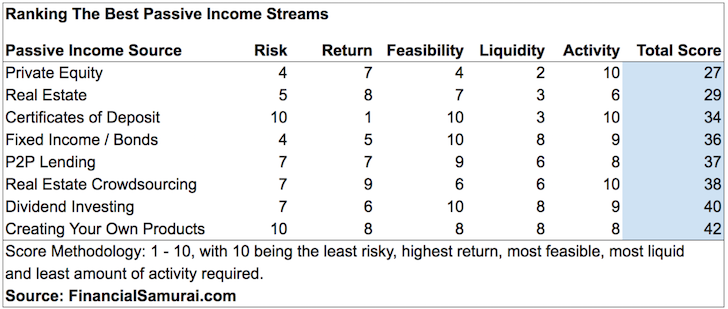

The S corporation had rental income of about $50,000 in each of the two years at issue, which the petitioners reported as passive income, not subject to self-employment tax. For the years at issue, the S corporation lease commercial real estate to the C corporation. The couple did not, however, materially participate in the S corporation and they were not engaged in a real estate trade or business.

The husband worked full-time for the C corporation and materially participated in its business activity. If the activity has a net loss for the current year, enter the prior year un-allowed loss (but not the current year loss) on Form 8582 and the applicable worksheets.įor more on what happens with suspended prior year losses when a now non-passive activity generates net income, contact me.The petitioners, a married couple, owned an S corporation that held real estate and a medical C corporation. If current year net income from the activity is greater than or equal to the prior year un-allowed loss from the activity, report the income and loss on the forms and schedules you would normally use do not enter the amounts on Form 8582. If current year net income from the activity is less than the prior year un-allowed loss, enter the prior year un-allowed loss and any current year net income from the activity on Form 8582 and the applicable worksheets. A prior year un-allowed loss from a former passive activity is allowed to the extent of the current year income from the activity. Form 8582 Instructions (page 6) Former Passive ActivitiesĪ former passive activity is any activity that was a passive activity in a prior tax year, but is not a passive activity in the current tax year.

While all losses are not triggered as the transaction fails the qualifying disposition requirement of IRC 469(g), prior year suspended losses are triggered to the extent of net income reported and taxed in the current year. There is gain on sale of a rental activity, but not a fully taxable transaction.When he/she sells even one property, since the rentals are all considered a single activity, gain from that rental will trigger deductibility of prior year losses from any of the rentals.
#Non passive income professional#
TP is a real estate professional and elected to group his rentals.Material participation means meeting the 500-hour test in Reg. TP materially participates in the current year in a business, but did not materially participate in prior years.In prior years, there were losses from the same activity, which were passive under IRC 469(c). Self-rented property produces net income in current year and is treated as non-passive under Reg.Interest income, dividends, royalties, annuities and gains on stocks and bonds will virtually always be non-passive and cannot be used to trigger former passive losses.Ĭommon scenarios where prior year losses are triggered due to the former passive activity rule:.It permits a netting of prior year passive losses against income from the same business (or rental). This makes inherent common sense, arguably a ‘rarity’ in the US tax code. Stated differently, non-passive income cannot offset any passive loss except a prior passive loss from the same activity. While net income or gain on sale is non-passive, it may be used to trigger prior year passive losses (or credits) from the same rental or business activity. If the current year non-passive activity triggers deductibility of prior year suspended passive activity losses, IRC 469(f) permits a prior year passive loss to offset current year income from the same activity, even though that income might be non-passive in the current year. What happens with suspended prior year losses when a now non-passive activity generates net income? Welp… it depends!


 0 kommentar(er)
0 kommentar(er)
